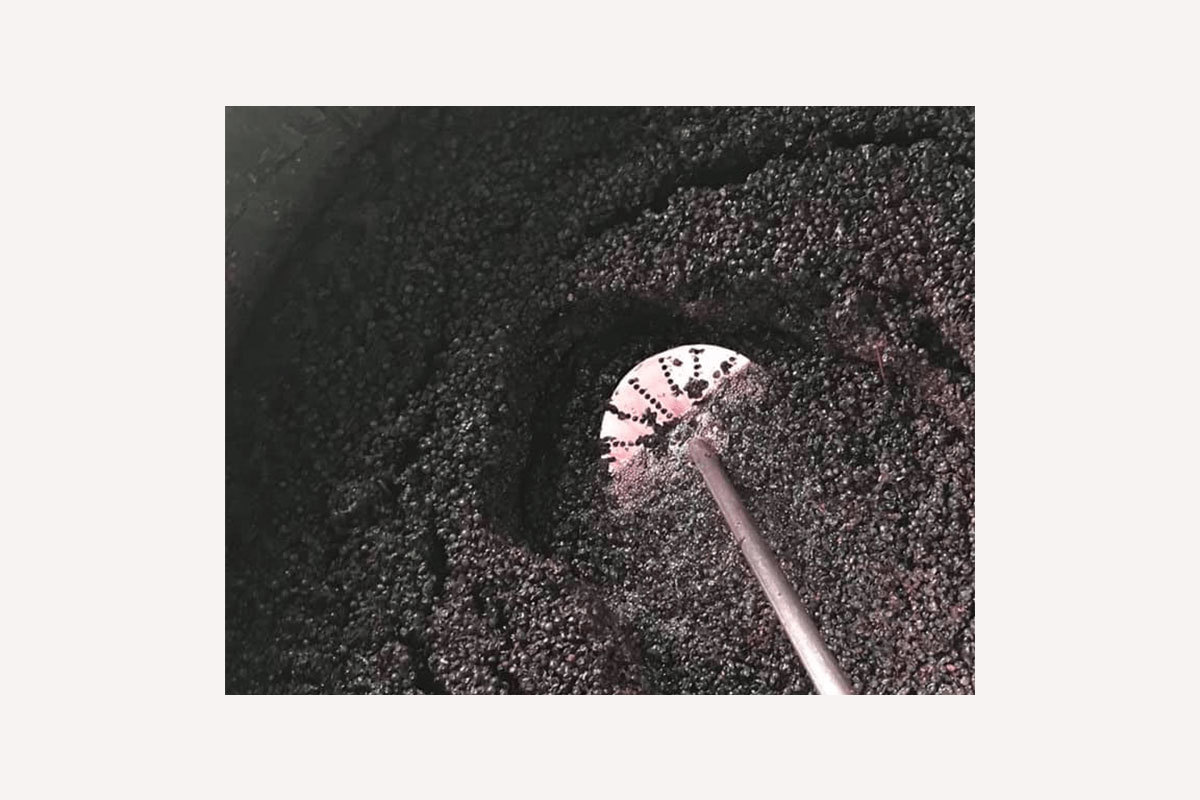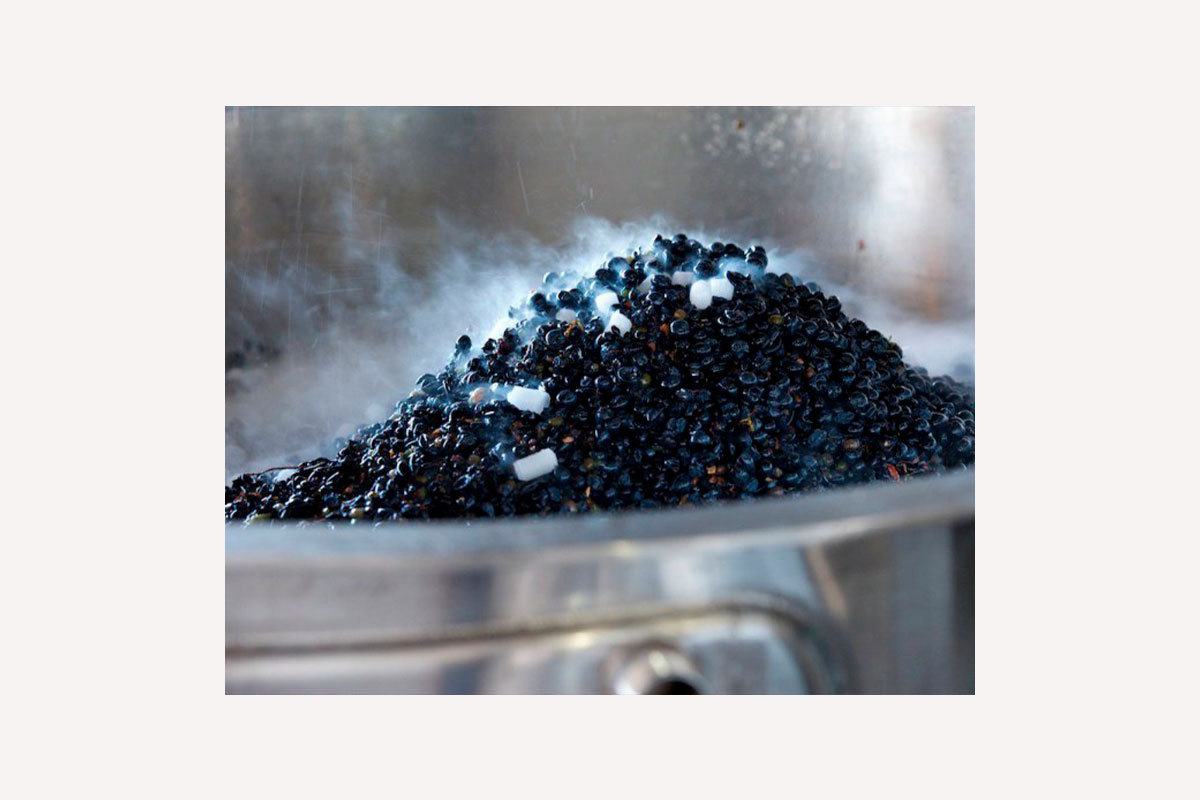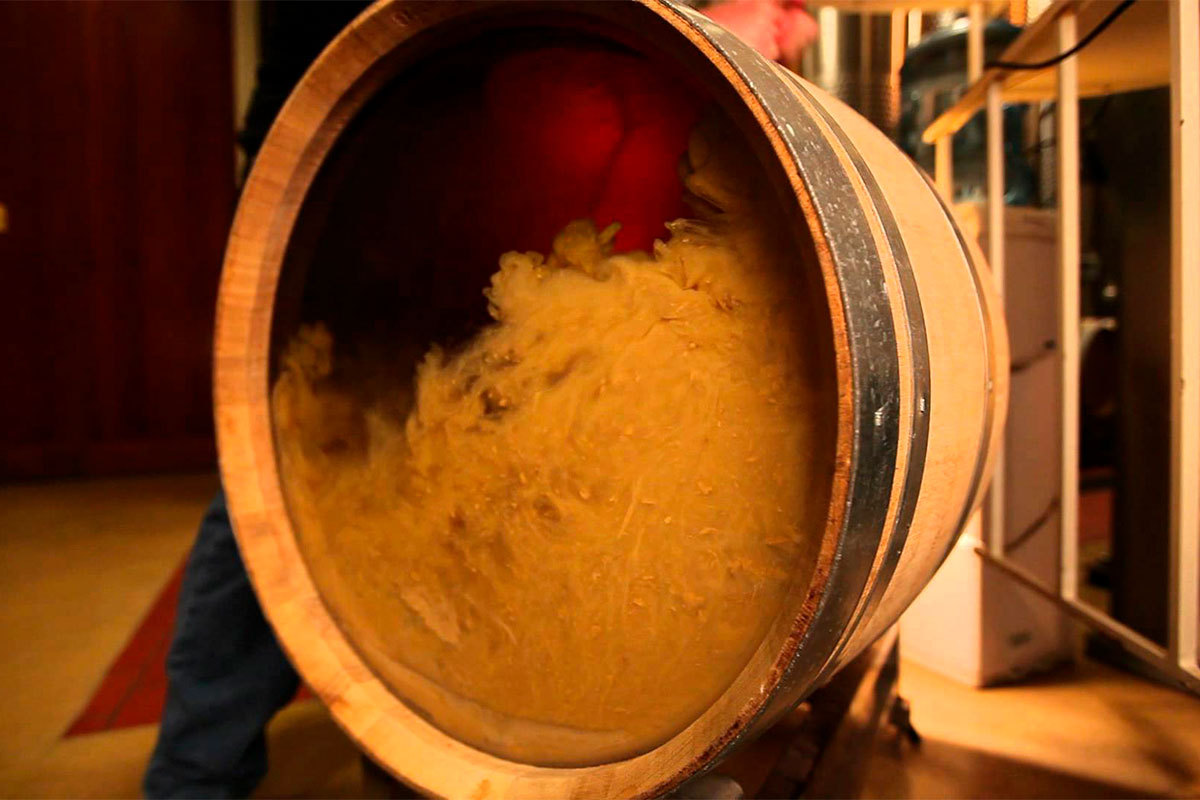We cannot deny that the technical vocabulary of wine includes terms that seem quite complicated. Especially those that explain stages of its production. Unfortunately, these words often seem to separate us more than bring us closer to this drink. But don’t be scared, managing some of them will help you to understand better the meaning behind.
-
Batonnage
Is the French term that refers to the process of stirring the lees of a wine. You may wonder what does this mean? In the fermentation process, when yeasts transform sugar into alcohol, the dead yeasts fall to the bottom of the tank or barrel, creating a sediment known as lees. Sometimes, winemakers like to keep the wine in contact with some of them as they deliver aromas, texture and flavour. Other times, the wine is moved to another container to separate it from its solid materials (a simple process called Racking). Finally, there is the batonnage option. This consists of introducing a long baton (batôn in French) through the hole of the barrel to reincorporate the dead yeasts to the wine, adding greater complexity, contributing to its weight on the palate, aromas and flavours. This is the case with the production of Marques de Casa Concha Chardonnay Limited Edition, which is aged for 12 months in barrels on its lees with batonnage.
-
Cap

In red wine production, after the grapes are squeezed, the must is fermented with the skins and the seeds so that they provide flavours, aromas and texture to the final wine. Once the alcoholic fermentation happens, the carbon dioxide produced causes the grape solids to rise, forming a layer that floats upon the wine, called cap.
-
Remontage (Pumpovers)

This important technique, which was born in Bordeaux, is used all over the world today. It consists of drawing off the must from the bottom of the fermentation vessel and pumping it over the cap, soaking it, for the extraction of colour components. But also to help oxygenating and homogenize the must, yeasts, sugar and their temperature. How many times it is done and how long the pump-over lasts will depend directly on the results that the winemaker is looking for.
-
Pigeage (Punchdown)

Another way of transmitting aromas and colour to wine is through this technique developed in Burgundy, called pigeage. It’s the process of breaking up the cap and sinking it into the must (with the help of a pigeage plate or fork) to increase its maceration. This process, which is generally applied to varieties such as Pinot Noir, also helps prevent the cap’s oxidation and acetification. In other words, it prevents the wine from being attacked by bacteria, and can be carried out manually or mechanically. In Amelia Pinot Noir, for example, pigeage is done daily for a week, which allows a very delicate extraction of colour and tannins.
-
Cold soak

This technique is carried out pre-fermentation process of red and white wines, to get fruitier wines with complex aromas. It consists of keeping the must (without alcohol) in contact with its skins but avoiding spontaneous fermentation. How? By maintaining a temperature typically between 5 and 10 C degrees. In this way, the extraction of colour and aromas will not carry away the bitterness and astringency of the tannins. Gran Reserva Serie Riberas Syrah has four-day of cold soaking fruit, which is reflected in its subtle, structured and elegant palate.





